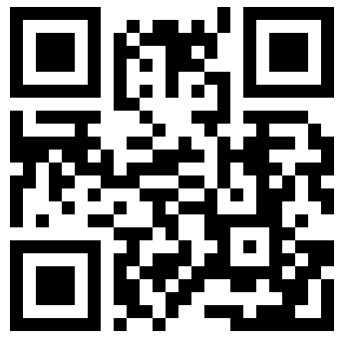Phone
+86 18630938527
With the acceleration of global aging, osteoporosis has become an important disease affecting the health of the elderly population. Osteoporosis refers to a decrease in the quality and quantity of bone tissue, making bones fragile and prone to fractures. At present, the diagnosis of osteoporosis mainly relies on bone density measurement. The traditional methods for measuring bone density include X-ray absorptiometry and dual energy X-ray absorptiometry (DEXA). However, these methods have problems with high doses, long detection times, and high costs. With the development of technology, ultrasound scanners have gradually become a new method for diagnosing osteoporosis.
Ultrasonic scanner is a non-invasive detection instrument that uses high-frequency sound waves to detect the density and structure of human tissue. In the diagnosis of osteoporosis, ultrasonic scanners are mainly used to measure the ultrasonic velocity (SOS) and bone mass (BMD) in bones. Research has shown that SOS and BMD are important indicators reflecting the degree of osteoporosis and are closely related to fracture risk.
The application of ultrasound scanners in the diagnosis of osteoporosis has the following advantages:
1. Non invasive: Ultrasonic scanners use sound waves instead of X-rays, which do not cause radiation or harm to the human body.
2. Fast and Easy: Ultrasonic scanners have a short detection time, usually only a few minutes to complete, and are easy to operate without the need for special skills.
3. Good repeatability: The ultrasonic scanner has good repeatability in the detection results, which can detect the same part multiple times, improving the accuracy of the detection results.
4. Low cost: Compared to traditional bone density measurement methods, ultrasound scanners have lower costs.
5. Wide applicability: Ultrasonic scanners are suitable for people of different races, genders, and ages, especially for screening and diagnosis of osteoporosis prone populations such as the elderly and women.
In the diagnosis of osteoporosis, ultrasound scanners mainly measure SOS and BMD in bones. SOS is the speed at which ultrasound propagates in the bone, which is negatively correlated with the degree of osteoporosis. The lower the bone mass in the bone, the more osteoporosis, and the slower the ultrasonic propagation speed. Therefore, SOS can be one of the important indicators for the diagnosis of osteoporosis.
BMD is the bone mass density in bones and an important indicator for evaluating bone strength. The lower the BMD, the more fragile the bones are, and the higher the risk of fractures. Ultrasound scanners assess the health status of bones by measuring BMD, thereby predicting the risk of fractures.
The application of ultrasound scanners can not only be used for diagnosing osteoporosis, but also for monitoring disease progression and evaluating treatment effectiveness. For example, some drugs can promote an increase in bone density and reduce the risk of fractures, and ultrasound scanners can be used to monitor the effectiveness of drug treatment. In addition, ultrasound scanners can also be used to evaluate the bone and bone marrow fat content in bones, helping doctors better understand the patient's bone health status.
Although ultrasound scanners have high accuracy and reproducibility in the diagnosis of osteoporosis, there are still some limitations. Firstly, ultrasound scanners cannot directly measure bone density, but infer bone density by measuring sound velocity and cartilage thickness. Secondly, the detection results of ultrasound scanners are influenced by factors such as bone structure and tissue density, so there may be some errors. Finally, the applicability of ultrasound scanners is relatively narrow and cannot replace traditional bone density measurement methods.
In summary, ultrasound scanners, as a new diagnostic method for osteoporosis, have the advantages of non-invasive, fast and simple, good repeatability, low cost, and wide applicability. It can serve as a supplement to traditional bone density measurement methods and is particularly suitable for some special populations, such as children, pregnant women, and obese patients. In addition, ultrasound scanners can also be used for the prevention and treatment of osteoporosis. By monitoring bone health status, timely adjusting diet, exercise, and medication treatment, it can help delay or reduce the occurrence and development of osteoporosis.
However, there are still some issues that need to be addressed in the diagnosis of osteoporosis using ultrasound scanners. For example, how to standardize the measurement methods and results of ultrasound scanners, and how to determine the threshold of ultrasound scanners to more accurately diagnose osteoporosis. Further research and exploration are needed in the future to improve the accuracy and reliability of ultrasound scanners in the diagnosis of osteoporosis.
Overall, the application of ultrasound scanners in the diagnosis of osteoporosis has important clinical significance and can serve as a new technology that supplements traditional bone density measurement methods. With the continuous development and improvement of ultrasound scanner technology, it is believed that it will be increasingly widely used in the prevention, diagnosis, and treatment of osteoporosis in the future, making greater contributions to human health.
If you have any questions, please contact us!
CONTACT US

